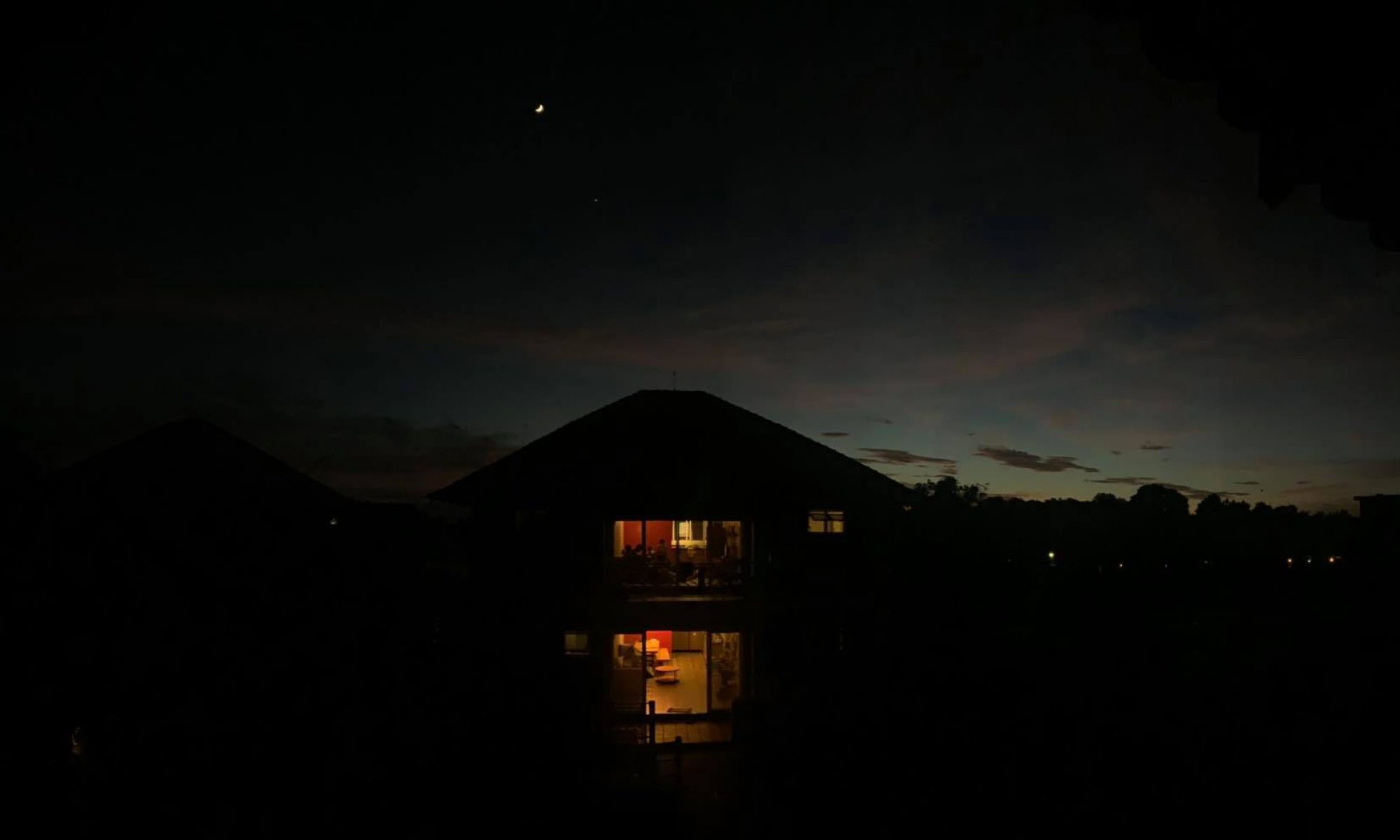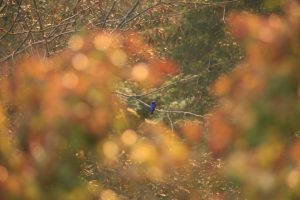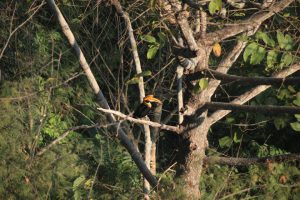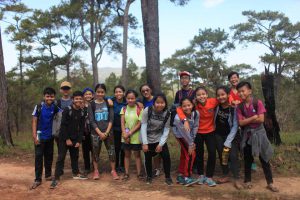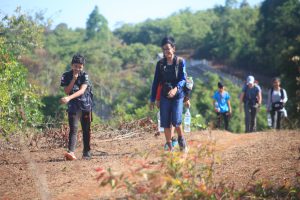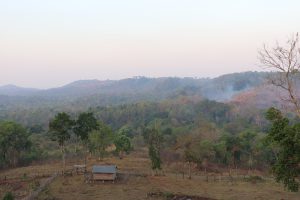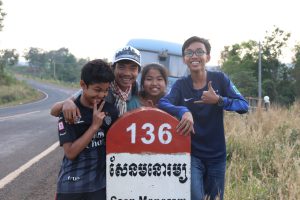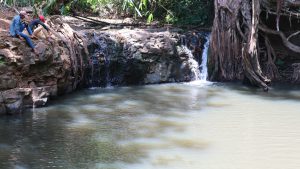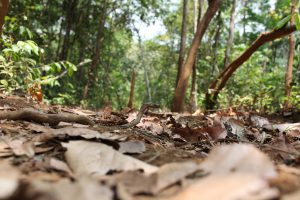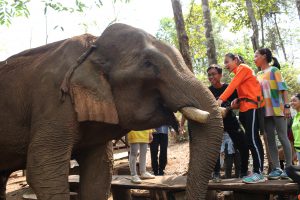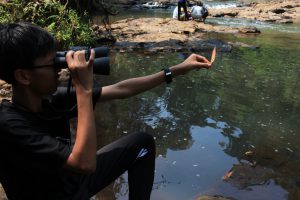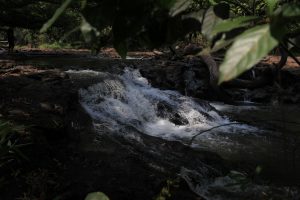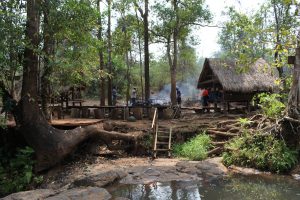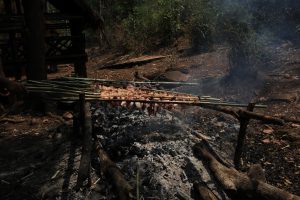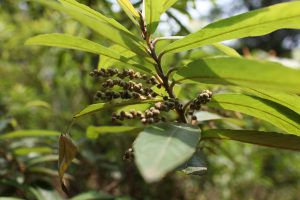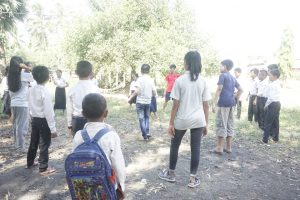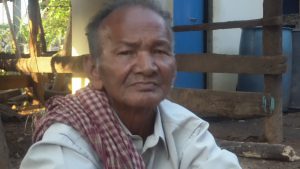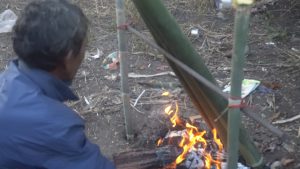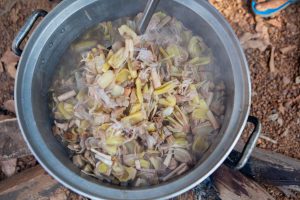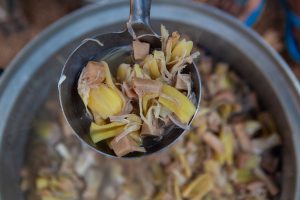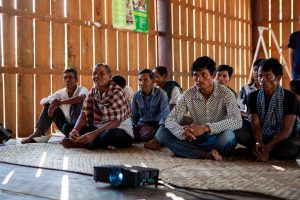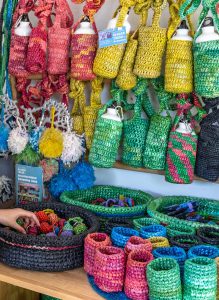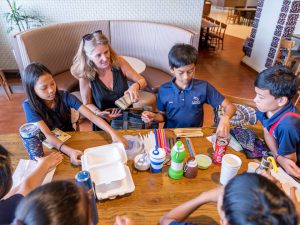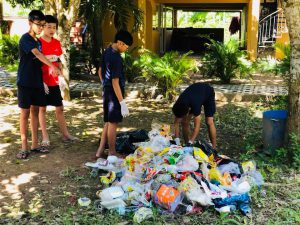What do you think we should do to make a positive change? You might think of making rules, policy, educate people, talk to them about the consequences, etc. Well, you are not wrong. Here’s something you might not think of. For us, to make a change, changing people’s behavior is the most important. Why? Imagine, if your friend doesn’t like to exercise, for example. If you force or make rules for him/her to do exercise, they might do it, but they might not like it, though. But, if you encourage them or inspire them, long enough, the change will happen, by their behavior! You might think that it’s hard – yes, it is hard! A change will never happen overnight, it takes time, gradually step by step. But why are we talking about changing here? Is it related to the content? To find out, please enjoy reading the post till the end!
Last year, we had an exploration called Outdoor Leadership, which we learned about outdoor skills in different areas then went out to the outdoor world to explore more. And this year, we created another exploration similar to that, which is called the Cambodian Youth Outdoor Leadership Program. Our mission statement is to empower Cambodian youth to be outdoor leaders and environmental stewards by introducing them to natural spaces, raising awareness of conservation threats, and nurturing the passion and skills needed to positively impact their communities.
So, we divided into four sections in the program which are Leadership, Nature Appreciation, Wilderness, and Medical and Risk Management. I was in the Nature team. We were focusing on how to make the participants changed their thought on nature. We had several fun activities for them to enjoy while learning at the same time.
After having the activities and the workshop planned out. We had time to practice the workshop with students at our school, the Liger Leadership Academy. Then, we had our workshop with the students from Kampuchea Action to Promote Education (KAPE), as well as with Happy Chandara School. It went pretty well, and I think it was a great experience sharing what we do and went through the workshop smoothly. The students were really engaged and enjoyed our workshop as they had a lot of fun, and get new outdoor, and leadership skills and understanding more about nature and our program.

Leading in a workshop is not only what we do, but we also need to get more skills in leading participants on outdoor trips. We went on a trip to the highest mountain in Cambodia, Aural, Kampong Speu. It was one of the hardest climbs but; the best view comes from the hardest climb, right? Not just enjoying the hiking, and views of nature, we learned many skills, specifically about being a leader on the trip. Our facilitators shared the experience, we practice managing parts of the trip and leading the group hiking. It was really enjoyed doing that and gain more skills in leadership, as I got good feedback from my facilitators as well.
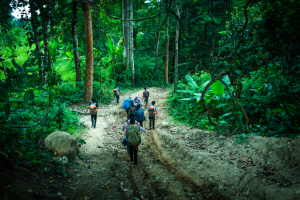
That was everything from the round. Planning/outlining the workshop, implementing it, giving workshops, and practice leading a trip! We had more exciting stuff we did, if you want to know more, stay tuned and part II will be posted soon! Thanks for reading!
